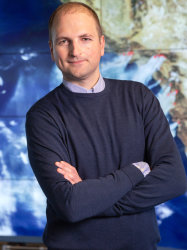BibTex format
@article{Hantson:2016:10.5194/bg-2016-17,
author = {Hantson, S and Arneth, A and Harrison, SP and Kelley, DI and Prentice, IC and Rabin, SS and Archibald, S and Mouillot, F and Arnold, SR and Artaxo, P and Bachelet, D and Ciais, P and Forrest, M and Friedlingstein, P and Hickler, T and Kaplan, JO and Kloster, S and Knorr, W and Lasslop, G and Li, F and Mangeon, S and Melton, JR and Meyn, A and Sitch, S and Spessa, A and Van, Der Werf GR and Voulgarakis, A and Yue, C},
doi = {10.5194/bg-2016-17},
journal = {Biogeosciences Discussions},
title = {The status and challenge of global fire modelling},
url = {http://dx.doi.org/10.5194/bg-2016-17},
volume = {2016},
year = {2016}
}

